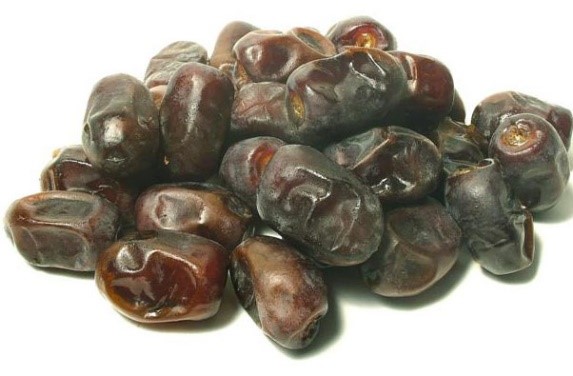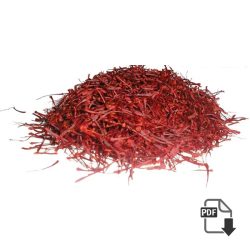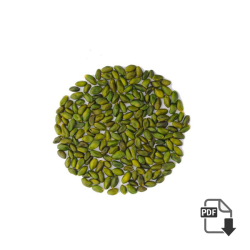Thinning
Walnut Thinning : Thinning reduces the stand so that growth is distributed to those trees you wish to keep for future products. Thinning should leave 25 to 30 trees per acre for nut production, and 75 to 100 trees per acre for lumber production. A thinning may be required two or more times during the life of the stand.Avoid thinning before trees reach a size at which they can be marketed. Precommercial thinning is expensive. Besides, competition encourages tree height. The main stem is shaded, which reduces side branching. Also, the loss of trees to uncontrollable conditions such as disease and insects has less impact. Plan thinning or intermediate harvesting of marketable trees. Your stand of black walnut would be improved by harvesting inferior trees during thinning.When the plantation age reaches 10 years or more, you may begin selection of better trees. If you decide to thin later, only trees less than 9 inches in DBH should be removed.
Please for more information or any inquiry click here ……
Pest Control
walnut pest control : From crown to roots, the entire black walnut tree is susceptible to disease and insect damage which affects production and quality. Learn to recognize black walnut insects and diseases and the damage they produce. Some insects that attack the black walnut tree are the ambrosia beetle, the curculios, the black walnut caterpillar, and the bud borers and case bearers.Fungi are responsible for most diseases of the black walnut. Walnut anthracnose and other leaf-spot diseases can affect both young and mature trees. Root rot mainly damages young seedlings, and cankers and decay affect older trees. Avoid diseases and insects by culling infected seedlings, maintaining stand vigor, and reducing tree stress.

Fertilization
walnut Fertilization : Fertilization of black walnut plantations is most effective after the stand is well established. Fertilization may also be necessary in later years for good nut production or crown development.Pole-size trees which are 6 to 10 inches in DBH, and large trees growing on poorer quality sites are most responsive to fertilization. Nitrogen fertilizer encourages the most response in older trees. Be sure to have the soil tested before applying large doses of fertilizers. Contact your local forester or Extension agent for recommendations.
Please for more information or any inquiry click here ……

All Type Of Walnuts
-
Walnut kernel Special wholesale price + analysis + sale offer
Iranian walnut kernel are divided into three grades according to the size, fat contain, color and halves.

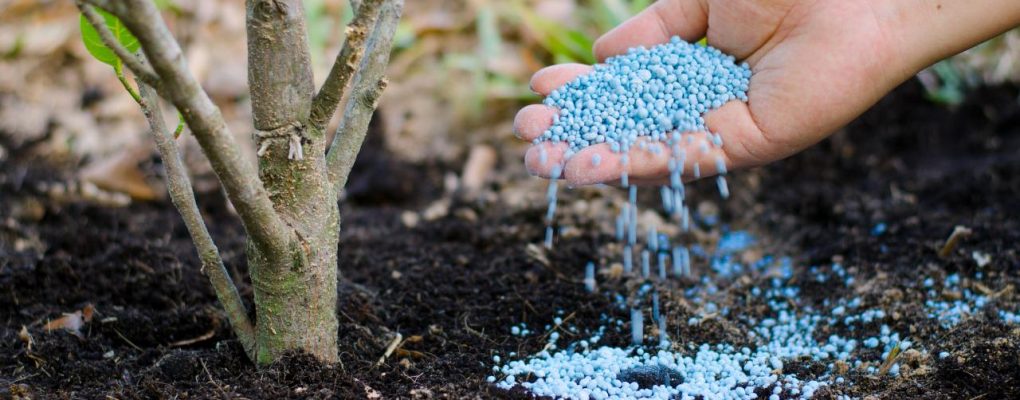
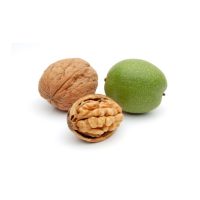
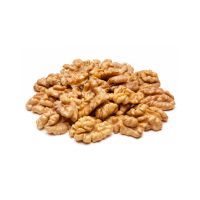

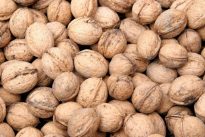
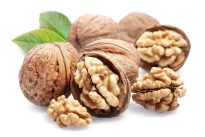
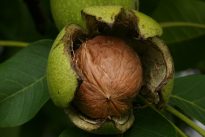
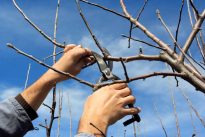
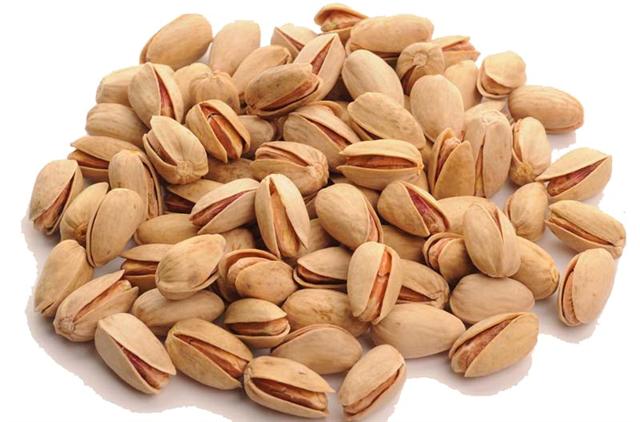
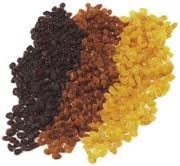 3 kind raisin
3 kind raisin 